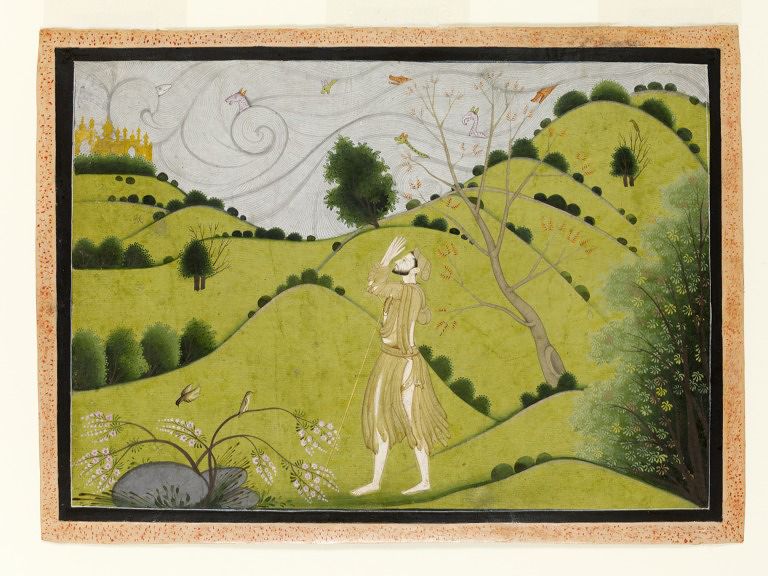
Erik won the good husband award this Valentine’s Day. He surprised me with my very own soda making machine. This is not a SodaStream–it’s better. It’s an industrial strength CO2 tank topped with sturdy dials and valves and whatnot, all sourced from the local homebrew shop. He’s going to do a how-to post soon (tomorrow maybe?) on how to put together the parts, and how to use it. So hold on for those details! Right now, I’m just going to gush.



